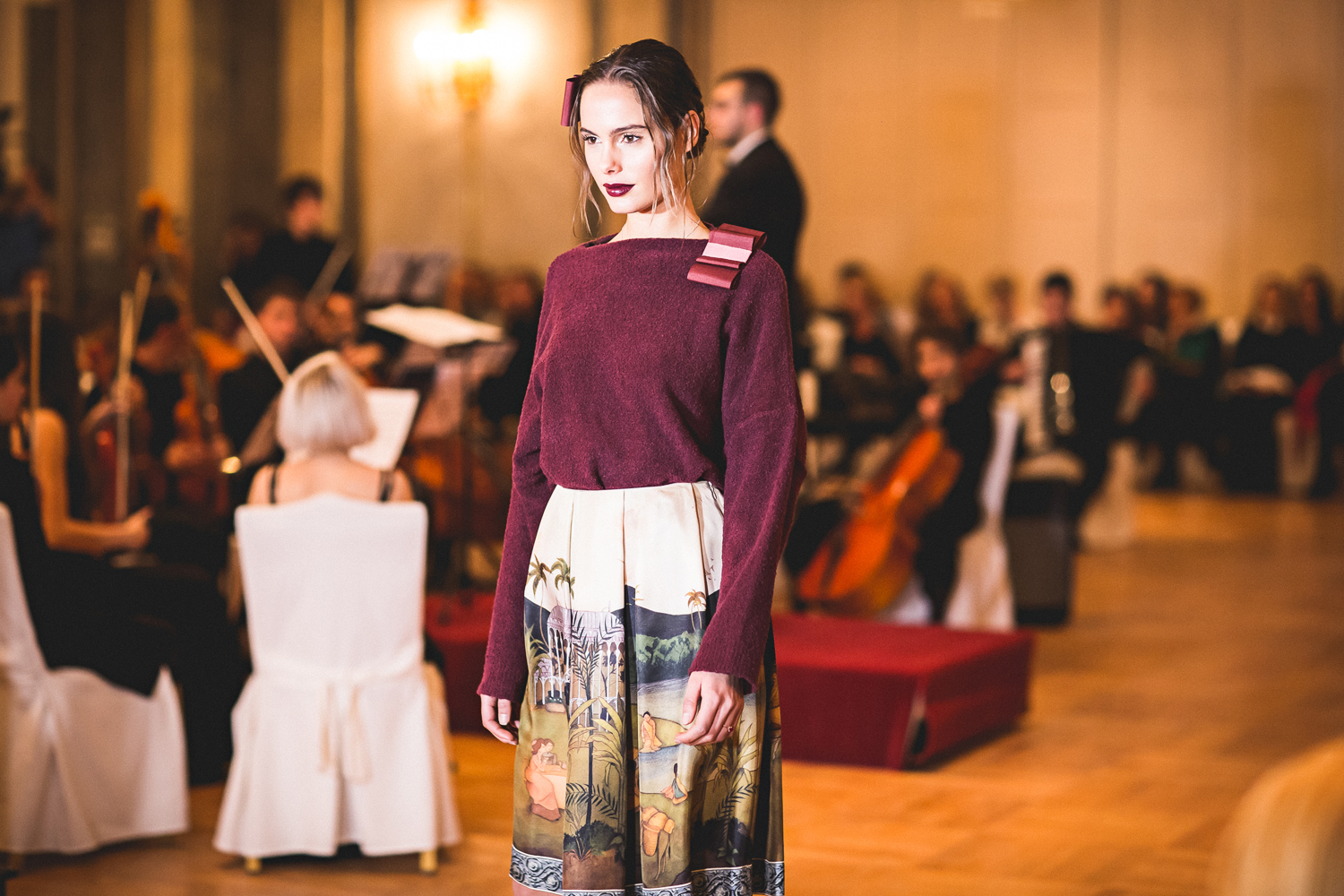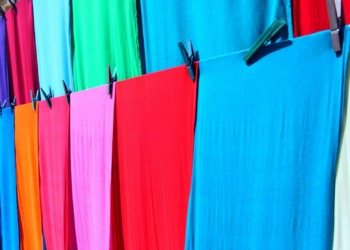A few years ago neither Francesco Gentile nor Chiara Catone, Law and Classics graduates, could have imagined that they would soon be presenting their garments on the runway in Rome. Their first collection, easily distinguishable by intricate embroideries, hand-painted garments and meticulously selected luxury materials, was presented in November at Green Fashion Week. Combining classic trends with futuristic visions and innovation, the couple is seeking to break into the world of sustainable haute couture, dedicating themselves not just to the discovery of beauty, but also to the impact they have on the planet. Today they are talking to Impakter about their journey together and their plans for the future.
How was your brand born? Was sustainability in the picture from the beginning?
Francesco and Chiara: We have always been passionate about fashion and at the same time we wanted to take an active stance against pollution and the exploitation of natural and human resources. And that’s how Gentile Catone was born. Often sustainable fashion is connected with simple design and raw materials, which are not so appealing and wearable. Our challenge is to combine sustainability with luxury natural, non-toxic and sustainable fabrics while adding creative design and authentic Italian sartorial craftsmanship.

IN THE PHOTO: MODEL WEARING GENTILE CATONE. PHOTO CREDIT: GENTILE CATONE
What does sustainability mean to you?
F & C: Sustainability is a balance between the man and the environment, an attempt to mediate between nurture and nature, senseless progress and ancestral rhythms. Human beings are instinctively compelled to evolve, to overcome their limits, but there can not be a development without awareness and respect.
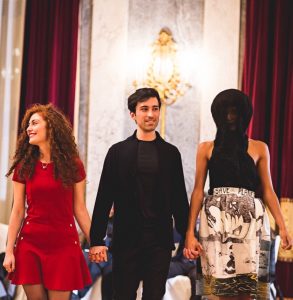
IN THE PHOTO: MODEL WEARING GENTILE CATONE. PHOTO CREDIT: VITTORIO LA FATA
What is most important for you in your work? What inspires you?
F & C: Every garment must have a history behind, an aesthetic and cultural research that must be evident. That is what matters most to us. We draw inspiration from nature, of course, and from our cultural and artistic background: studies, relationships, travels and memories contribute to the creative process and give shape to our clothes.
What is your consumer like? Can you describe him/her?
F & C: Our brand is thought for women of all ages: refined and elegant, but also determined and proud of their femininity, of great aesthetic sensitivity.
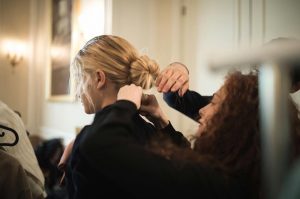
IN THE PHOTO: Chiara helping a model during Green Fashion Week. PHOTO CREDIT: GENTILE CATONE
How do you see the future of your brand? Where would you like to be in 5 years?
F & C: We would be very happy to see ourselves conquering the U.S. market! And we are actually organizing a fashion show that will take place in Detroit next year.
In your opinion, what are the main challenges faced by designers trying to make fashion sustainable today?
F & C: Probably one of the greatest challenges is combining sustainability with fashionable and appealing design and thus offering a product that is as stylish as any commercial garment, but also eco-friendly and made to last, thanks to its high quality. Secondly, a greater investment. Sustainable fabrics and qualified craftsmanship are more expensive and for good reasons. A fashion designer who wants to be sustainable has to take it into consideration.
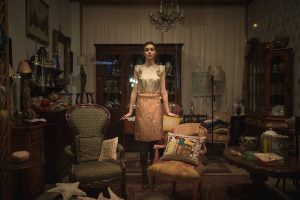
IN THE PHOTO: MODEL WEARING GENTILE CATONE. PHOTO CREDIT: GENTILE CATONE
In your opinion, what needs to change in the industry for fashion to become ‘greener’?
F & C: Actually, we don’t think that innovative fabrics, like recycled plastics and synthetic products, are the solution to the environmental problems in the fashion industry, as many people argue. In our view, sooner or later these materials are destined to return to nature and to degrade in microplastic particles. The real solution, instead, should be a return to natural fabrics, which are completely biodegradable. Industries and fashion designers should move in this direction, as well as take simple measures that would reduce the environmental footprint, such as using renewable energy and reducing water consumption and the volume of packaging waste.
What can we, consumers, do to fight against ‘fast fashion’?
F & C: It’s very difficult to fight fast fashion, even though it is now well-known how pollutive and wasteful it is. As consumers, we think we should buy less but better, choose quality over quantity and extend the life of our clothes as much as we can. Only in this way can we oppose aggressive consumerism and throwaway culture.

IN THE PHOTO: MODEL WEARING GENTILE CATONE. PHOTO CREDIT: VITTORIO LA FATA
How difficult is it to make a profit from ‘green fashion’ today?
F & C: As we said before, fast fashion system is very attractive, because of its lower costs. Nevertheless, things are slowly starting to change now. Consumers are more aware of the indirect contribution they make to labour exploitation and environmental pollution by buying cheap clothes. We are hopeful that ethical fashion will not be a niche one in ten years.
Has your own life changed since you’ve made sustainability a core principle of your work?
F & C: Not so much, honestly. The idea of sustainable apparel came naturally since we have always been committed to environmental issues. We buy organic food from local farmers, recycle and try to reduce waste as much as possible. We even started planting some specific flowers on our balcony in order to contribute to the increase in bee population.
What advice would you give to designers/entrepreneurs who are thinking of starting a sustainable business?
F & C: Do your research well and never get discouraged, even if there will be many obstacles to overcome.
EDITOR’S NOTE: THE OPINIONS EXPRESSED HERE BY IMPAKTER.COM COLUMNISTS ARE THEIR OWN, NOT THOSE OF IMPAKTER.COM.
IN THE FEATURED PHOTO: MODEL WEARING GENTILE CATONE. PHOTO CREDIT: VITTORIO LA FATA


